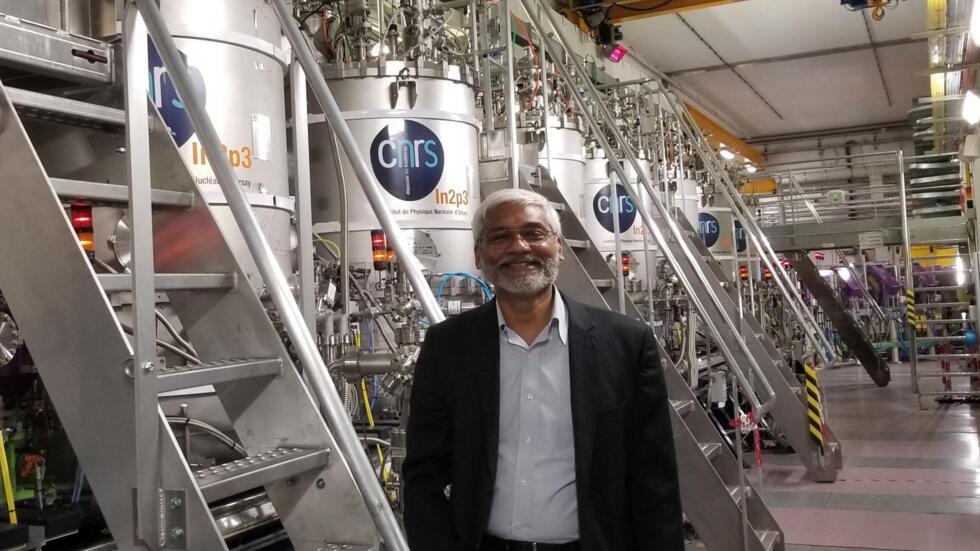From The Lab: What’s in the matter? New French particle accelerator aims to find out
A newly commissioned accelerator at the GANIL (Large Heavy Ion Accelerator) facility which is located on the outskirts of the French city of Caen is set to open new vistas in the field of nuclear physics and applied research.
Issued on: Modified:

Called SPIRAL 2, it is expected to enhance our understanding of how matter is formed and also help develop new applications in the field of medicine and materials.
According to Dr Navin Alahari, director of GANIL, the new linear accelerator will be able to accelerate light ions like protons and deuterons and also heavy ions, up to nickel, at intensities up to hundred times higher than the ones currently available in the five cyclotrons installed in this sprawling complex.
“It will produce intense beams allowing us to do science which cannot be done elsewhere.
"For example, intense neutron beams will allow us to carry out experiments to understand fission and also to understand material science,” he said.
He also said that by using heavy ions, scientists will be able to produce new isotopes and heavy nuclei. “These exotic nuclei will help us to look for new signals that will give us a better understanding of the nuclear interactions and to look for new effects, like halo nuclei, which don’t exist on earth.”
Understanding nuclear interactions is important as how atomic nuclei are formed determines how matter gets organised.
Visite #Insolite 👀 Visitez le #GANIL, grand accélérateur national d'ions lourds, comme si vous y étiez 👉https://t.co/cZxsp21Tj7. Le GANIL est l’un des 5 grands laboratoires au monde pour la recherche avec des faisceaux d’ions. 👨🔬 #PhysiqueNucléaire #Caen
— Ville de Caen (@CaenOfficiel) September 29, 2020
© A. Poirier / Arpanum pic.twitter.com/XtFSLtmBJP
Situated 30 feet underground, SPIRAL 2 is made of 26 accelerating vacuum cavities, enclosed in 19 liquid helium cryo modules that maintain a temperature of 4 Kelvin or minus 269 degree celsius.
Besides its obvious use in fundamental research, this impressive machine will also be used for developing new reactions to optimise the production of radioisotope tracers for medical imaging.
GANIL’s other accelerators are also used for important applications including effects on electronics for space missions. “We do irradiation of electronic circuits which are used by European Space Agency. The idea is to study the radiation damage on the circuits to mimic the radiation in space and correct it so that it lasts longer in space,” he said.
GANIL, which began operating in 1983 and is jointly run by the France's Centre for scientific research (CNRS) and Alternative Energies and Atomic Energy Commission (CEA), is one of the world’s five major facilities where heavy and exotic nuclei are synthesised and studied.
• Does lightning impact Earth’s atmosphere? This French satellite aims to find out
• Space fleet bound for Mars in international race to spot evidence of alien lif
Daily newsletterReceive essential international news every morning
Subscribe